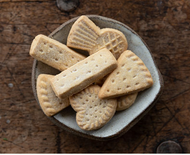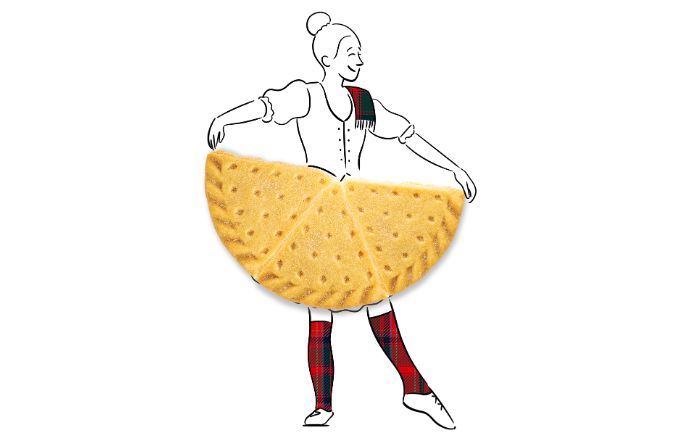What Is the Secret to Great Shortbread Cookies?
Posted on Apr 26th 2024
Who would have thought that something as simple as shortbread, with so few ingredients, could be so complex to make just right?
Well, if you know the delectable, melt-in-your-mouth, crumbly, all-butter excellence of Walker’s, you might guess there’s an art to it.
This is justified by the sheer number of searches out there looking for the secret to the perfect shortbread, or the ideal shortbread cookie recipe.
It’s not just one thing. Let’s take a closer look at the “secret” that makes Walker’s Shortbread a sensation that’s been enjoyed for 125 years.
Well, It’s Not Just One Secret
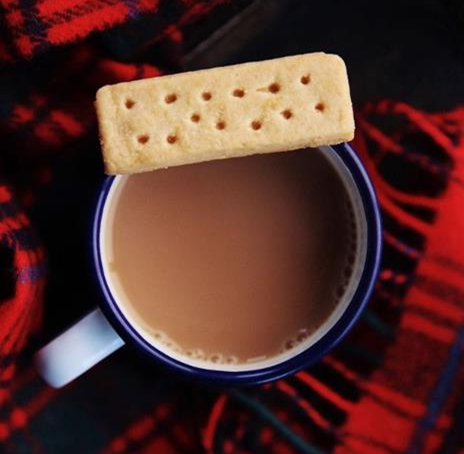
The thing about classic shortbread cookies is that there are two main components to getting it perfect: ingredients and process. Both are equally important.
First let’s talk about ingredients. If you aren’t familiar with our recipe yet, it’s actually quite simple - on paper.
All we use are the simplest, purest ingredients: flour, sugar, the highest quality, pure creamery butter, and a dash of salt. (And, of course, a touch of Speyside sunshine!)
Some may not know this, but the coarseness of the sugar is critical. Regular granulated sugar is too coarse; confectioner’s sugar is too fine. Instead, a type of sugar more akin to caster sugar is required to get the crumbly texture and consistency just right.
Now, for the star of the show: fresh, creamery butter from grass-fed cows. This, more than any other ingredient, is the key - the secret if you will - to great shortbread cookies .
Butter is so important that it is actually central to the Walker’s Shortbread story. Here’s a fact for Walker’s fans and history buffs. Joseph Walker, our founder, eschewed the use of margarine in his recipe. At a time when other producers were turning to this synthetic butter alternative to cut costs, Joseph Walker believed that people still cared about quality, and he was right. Margarine simply doesn’t make shortbread the way butter does.There’s more than one recipe that will yield good shortbread, but, for our process? That part remains a secret. But you can enjoy the fruits of our labor: just shop and enjoy our shortbread cookies .

What Else Do People Ask About Shortbread Cookies ?
Here because you were looking for something a little bit different? These are some of the other questions people are asking about shortbread cookies.
●What sorts of recipes are there involving shortbread?
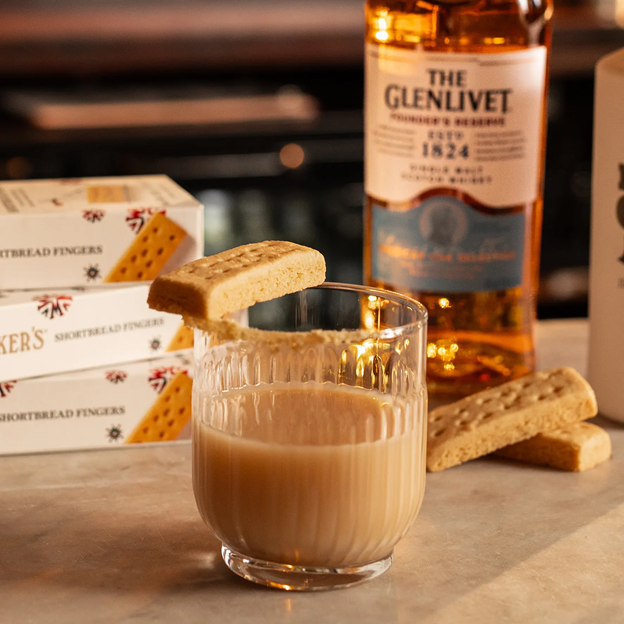
Delicious, all-butter shortbread cookies are just the beginning. There are an infinite number of recipes you can make with our shortbread at center stage that go far beyond dessert. These include savory dishes and even drinks! Check out our full collection of shortbread recipes here.
●When was the first shortbread made?
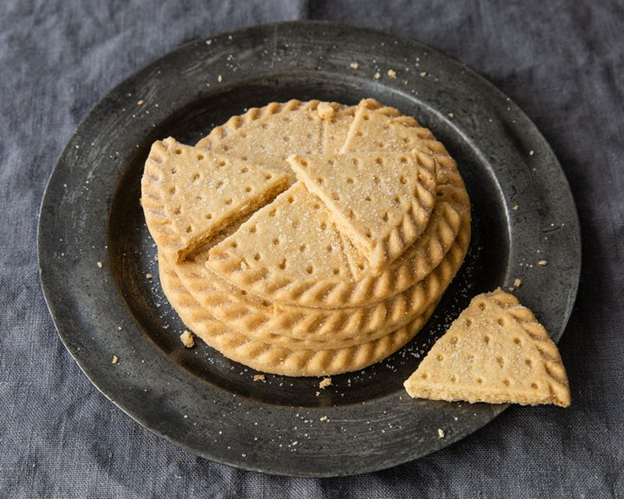
We may not know exactly when flour, butter, salt and sugar were combined for the first time under the name “shortbread,” but we believe it has its origins as far back as the 12th century, dating back nearly a thousand years. Culinary exchange arising from the Auld Alliance with France may have benefited or even accelerated the formal development of shortbread as we know it today. Many countries around the world produce “butter biscuits,” but Scotland’s shortbread has always been judged the world’s finest, and Walker’s Shortbread at the top of the pack.
●Who “invented” shortbread?
While we don’t necessarily know who “invented” shortbread, its arisal is popularly attributed to Mary, Queen of Scots, who took a shine to it and refined recipes for it in the 1500s. Evidently, she had a weakness for Petticoat Tails, a type of shortbread that was traditionally flavored with caraway seeds.
●What is “millionaire’s shortbread” and why is it called that?
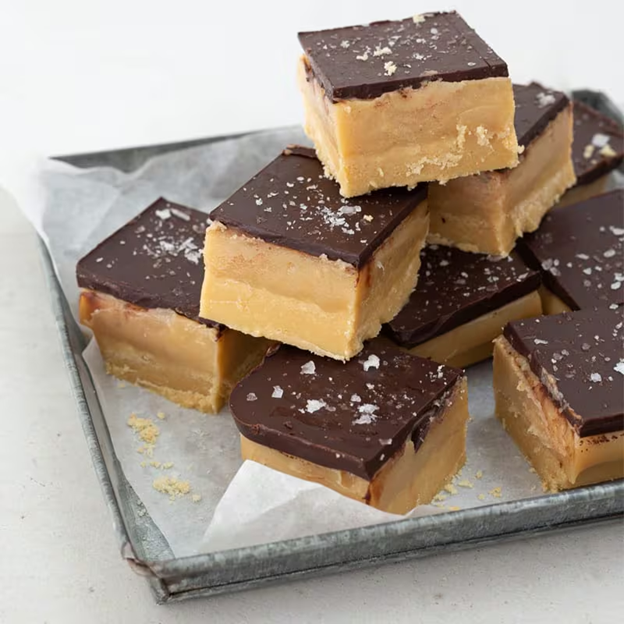
Millionaire’s Shortbread, also known as caramel shortbread, is a special type of shortbread topped with caramel and then chocolate. The popular name arises from the idea that it is a decadent luxury fit for a “millionaire.”
●Why do we poke or prick shortbread before baking?
Many recipes will call for you to prick the top of your dough before baking. You can see these dimples or pricks in the tops of Walker’s classics like our Shortbread Fingers. This step helps improve circulation and even heating throughout the dough to ensure the finished product has the right texture and consistency.
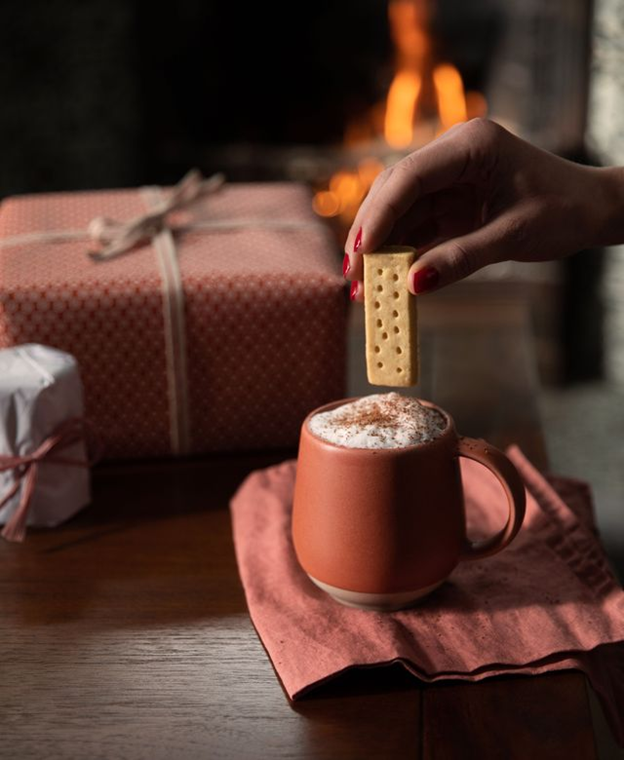
●Why is shortbread a common Christmas treat?
For many in Scotland, through most of history, shortbread was a real luxury, as it was expensive either to procure the ingredients or to buy it. As a result, it was saved for special occasions - such as Christmas or Hogmanay (New Year’s in Scotland) where it is still traditionally proffered as a gift to first footers.
Going back even farther, eating shortbread at Christmas time may have its roots in Yule (an ancient pagan midwinter celebration) traditions. Namely, Yule Cakes, which symbolized the sun, were served and enjoyed at Yule festivities.
Shortbread also has many other traditional ascriptions in Scotland. For instance, in Shetland, it was the custom to break a shortbread cake over the head of a bride taking her first step over the entrance to her new home. Shortbread is also often served at Burns’ Night Dinners as a sweet.
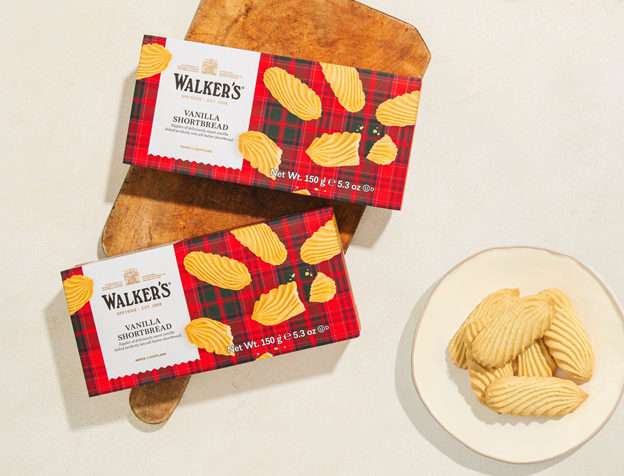
Experience Walker’s Shortbread Cookies : Scotland at Its Finest
Baked according to the same traditional recipe that we have used for 125 years, with the finest butter, flour, sugar and salt, Walker’s Shortbread cookies remain the timeless treat they’ve always been, and one that makes a lovely sweet not only at Christmas time, but for other special occasions - like Mother’s Day, Easter, weddings and birthdays - throughout the year.
 US
US UK
UK